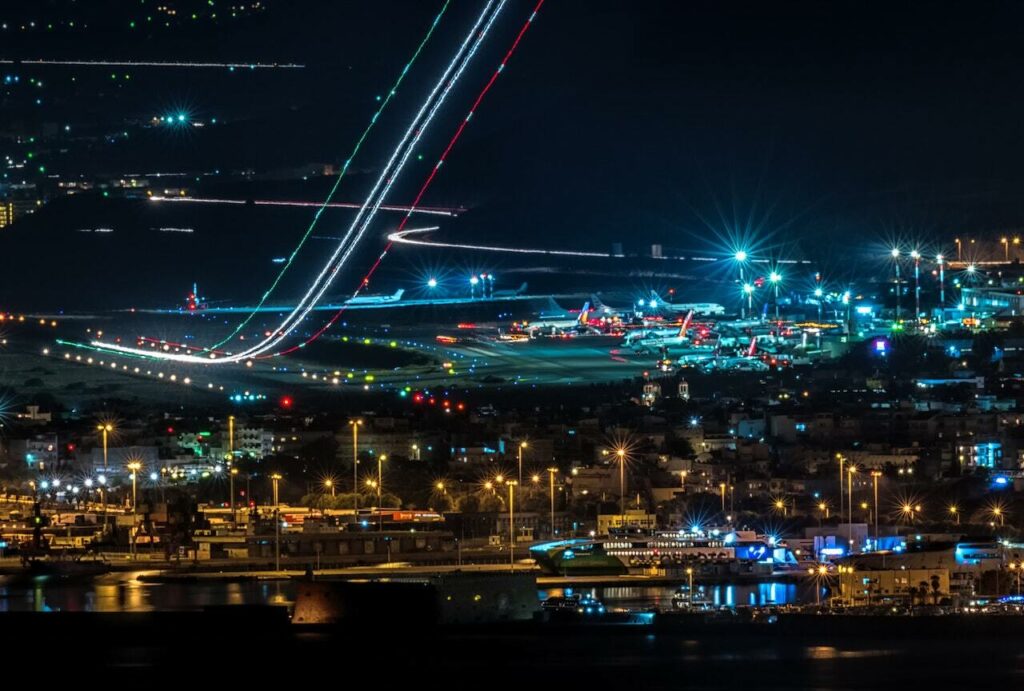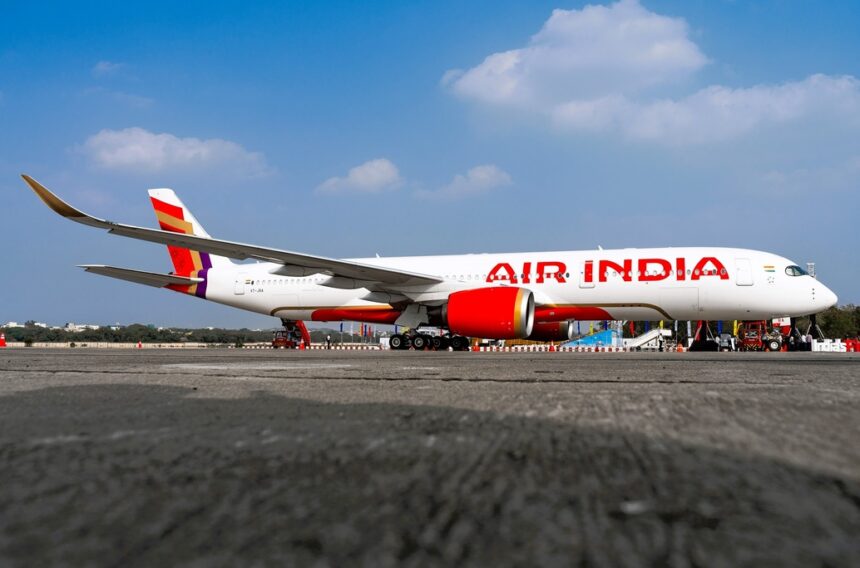With the emergence of AI technology and increasing demand for electric-powered aircraft, now is an exciting time for the aviation industry.
But there are many reasons to think the industry is on the verge of some new and exciting trends that could make it look completely different in 25 years.
Vance Hilderman is an aviation expert, author, and CEO of AFuzion, which provides safety certification consultancy for the aviation industry. Here he shares his thoughts on what the face of aviation will look like as we move towards 2050.
Upheaval and evolution
We are witnessing a time of upheaval with rapid evolution in the aviation industry. Unprecedented technologies are propelling aircraft into the future, and there’s widespread speculation on what next-gen aircraft could actually be capable of.
Many people envision fully electric and autonomous aircraft as the way forward including for commercial passenger flights.
Currently, electric vertical take-off and landing (eVTOL) aircraft – essentially multi-rotor electric helicopter/aircraft hybrids – are the closest taste we have of the future.
While I’ve said before that estimates of eVTOL aircraft becoming widely available any time soon are optimistic, over the next decade battery-powered aircraft will be commonplace. It’s just a matter of scale.
The aviation sector has faced substantial challenges recently – like the holiday season debacle with Southwest Airlines, brought on by aging tech infrastructure.
There are many signs that the industry is on the verge of a transformation that could make it look completely different in 25 years. Here are my predictions on how that will play out.
[monsterinsights_popular_posts_inline]
Growing demand for electric & eVTOL aircraft
Recently, airline passengers have become increasingly disgruntled: canceled flights, long delays, rising fees.
We’re all generally paying more for poorer service. But thankfully, the somewhat universal vexation at airlines can actually take aviation in a productive direction.
The irritation with commercial flying is leading to more interest in semi-private and eVTOL aircraft. Semi-private airlines are burgeoning as they enable passengers willing to spend a little more to fly from private terminals and bypass long check-in and security lines.
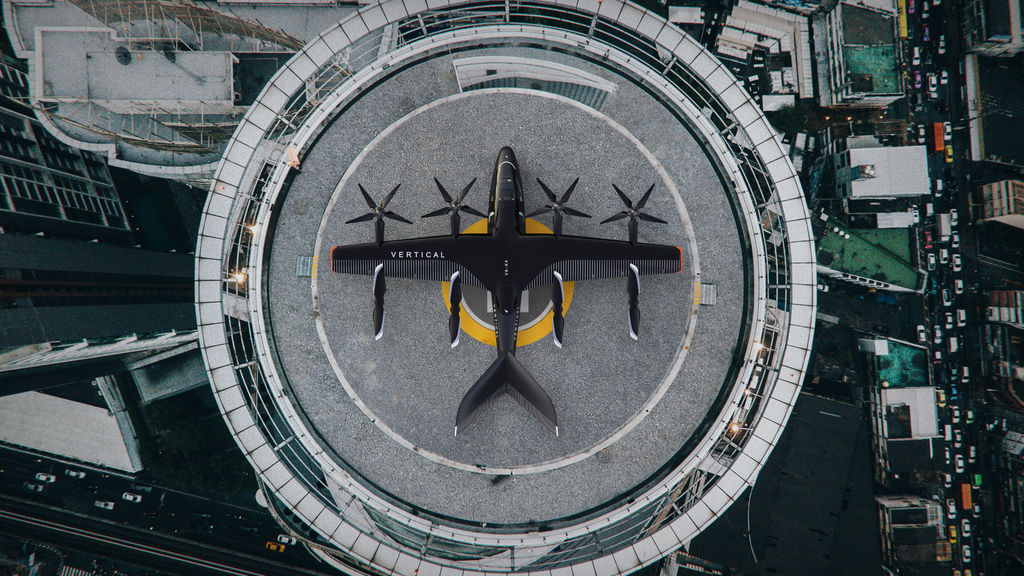
eVTOL aircraft will similarly have rapid growth because eVTOLS can be launched in urban areas and offer a more convenient form of short to medium range transport sans airport.
Since eVTOL aircraft take off and land vertically, they forego the need for a runaway, and can be widely deployed in different environments for both personal, cargo, and commercial use. And inevitably, operating on a smaller scale would also improve efficiency.
Investors are paying attention to those implications. The eVTOL aircraft market is currently valued at $8 billion but is expected to climb to over $30 billion by 2030.
As passengers seek alternatives to the traditional flying experience, the eVTOL market will continue to grow.
It’s not just commercial flying that can be transformed: eVTOLs can be feasible for everything from online delivery fulfillment to public transit. These aircraft have the ability to reinvent transportation, city mobility, and more.

They can change how people and goods are transported, both short and long distances. And being primarily powered by renewable electricity, they promote a cleaner world with hoped-for greater public acceptance.
All this means we can even finally have air taxis. While I know the concept of “flying taxis” seems like something out of Back to the Future or The Jetsons, it’s becoming an increasingly practical concept.
And the idea of flying taxis holds a great deal of fascination with consumers. The majority of over 100 business traveling colleagues I’ve discussed flying taxis with state they will readily pay the extra 50% – 70% eVTOL flying taxi fees versus typical ride-sharing in urban areas.
No doubt as demand for eVTOLs grows, the aviation industry will have no choice but to deliver what consumers are looking for.
Growth in spurts
While this probably all sounds fantastical, the technology is not that far away. In terms of mechanical capabilities, we’re actually there.
All the basic systems for electric-powered aircraft are operating and online today, and tens of thousands of hours in test flights have already occurred.
Now it’s a matter of growth occurring in spurts and waves, much like the progress we’ve seen in electric cars over the years.
However, unlike automobiles, aircraft must pass thousands of rigorous airborne-specific safety tests as part of Certification – cars have the easy advantage of usually simply pulling over when something fails.
The arc will probably go something like this: first we’ll see small cargo then personal eVTOL aircraft emerge within the next few years. Then there may be a few private transport options in larger cities with larger than larger aircraft.
After that, the commercial larger aircraft side will inevitably embrace electrified aircraft. I think it’s more than reasonable to say that, over the next decade, short-range commercial electric aircraft will be flying commercially.
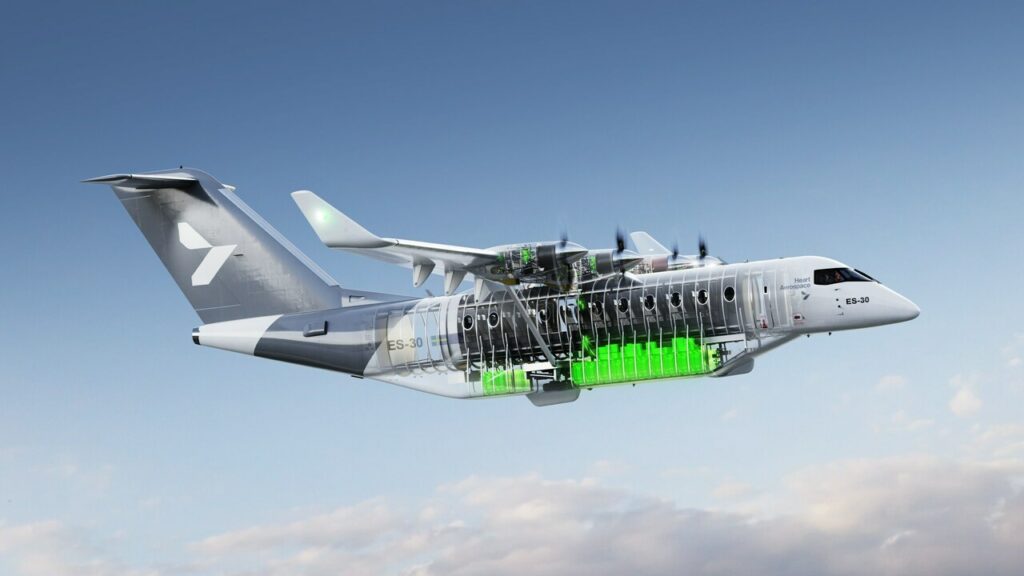
These aircraft will be capable of transporting 50 then 150-plus passengers, but will be limited in range to between 300 and 500 miles (500 to 800 km).
However, we’re unlikely to see electric aircraft replace today’s commercial long-range aircraft for at least two decades, owing to battery density, certification difficulties, capital costs, infrastructure, and good old red tape.
The biggest hold up, as it stands, is certification from the FAA and to a lesser extent EASA and other worldwide aviation certification bodies.
If the FAA continues to drag its feet in simplifying and streamlining a complex regulatory system, it could further stall progress on the release of eVTOLs and hamper the entire electric aviation sector.
Unmanned autonomous craft
The aviation industry today is focusing not only on convenience but also on autonomy. Because eVTOLs can both be either manned or unmanned, the progress of electric aircraft is also intertwined with the progress of autonomous craft.
Humanity today was unborn when early automobiles were created and driving early cars required all-new skills.
Yet car usage only exploded when they could be made both easier to drive and also mass-produced for lower costs.
This will similarly hold true for aviation: expensive aircraft requiring licensed onboard pilots is not the vision I subscribe to.
The answer? Mass production of unmanned passenger eVTOL’s such as those planned by Wisk and others.

Currently, unmanned autonomous eVTOL aircraft (think larger, heavy-lifting drones) are already flying in very limited-use, however the U.S. Military is planning to rapidly increase their use.
And air forces worldwide are developing unmanned fighter aircraft or “loyal wingmen”. Of course, currently flying autonomous aircraft are without passengers.
They carry cargo, transport goods, dust crops, and take aerial photographs; in the future they may fight wars.
An often-overlooked aspect of eVTOL for passenger operations is the internal infrastructure of flying in urban areas with high density and tight airspace.
All eVTOL aviation aeronautical data must be certified to the RTCA EUROCAE aeronautical data standard DO-200B. Traditionally, this aeronautical data is prepared manually, however companies such as Boeing, Jeppesen, NGA, and others have semi-automated such aviation data processing.
In the future, machine learning and artificial intelligence can be used to optimize such data for eVTOL, and this is where true urban air mobility (UAM) will be realized.
Soon, we’ll see development of longer-range autonomous aircraft without passengers. But autonomous passenger aircraft, with no onboard pilot, are at least 7-8 years away due to the same safety and certification challenges faced by passenger-bearing eVTOL aircraft.
These new eVTOL aircraft will have much greater flexibility in their flight paths as they will enable individual 1-6 person aircraft to select their own routes.
Companies such as Honda, Lilium, Beta, Joby, Volocopter, Supernal, and Wisk have raised collectively over $5B USD to develop such aircraft and have them flying by 2030.
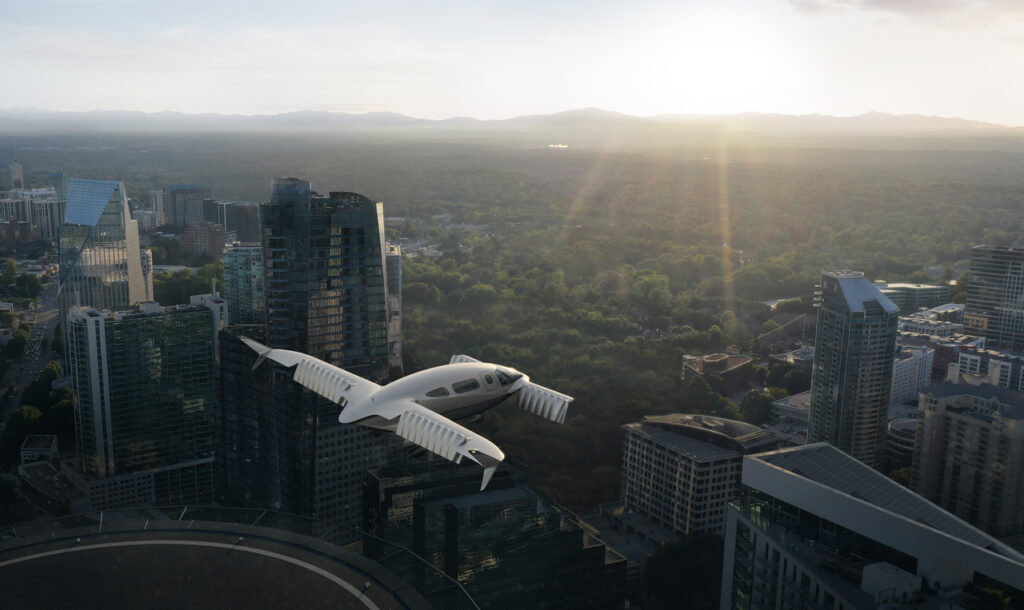
However, these aircraft must comply with the FAA and EASA avionics software standard DO-178C inclusive of the data they process.
And, the software processing tools used for avionics certification per DO-178C will also require formal guidance; such tool qualification will need to adhere to DO-330 which is the adjunct to DO-178C.
So, we’re going to see widespread adoption of smaller battery-powered aircraft carrying passengers, along with zero-passenger autonomous aircraft that perform larger-scale activities and services.
Autonomous electric aircraft carrying passengers will not come into play before 2030, but we’re making progress toward that goal.
The upshot
After years of challenges and bad publicity, the aviation industry has no choice but to reinvent itself with a more passenger-centric approach. They should first and foremost focus on developing more convenient and comfortable ways of transporting people.
That said, who knows what other possibilities might arise along the way? The future of aviation has yet to be written.





